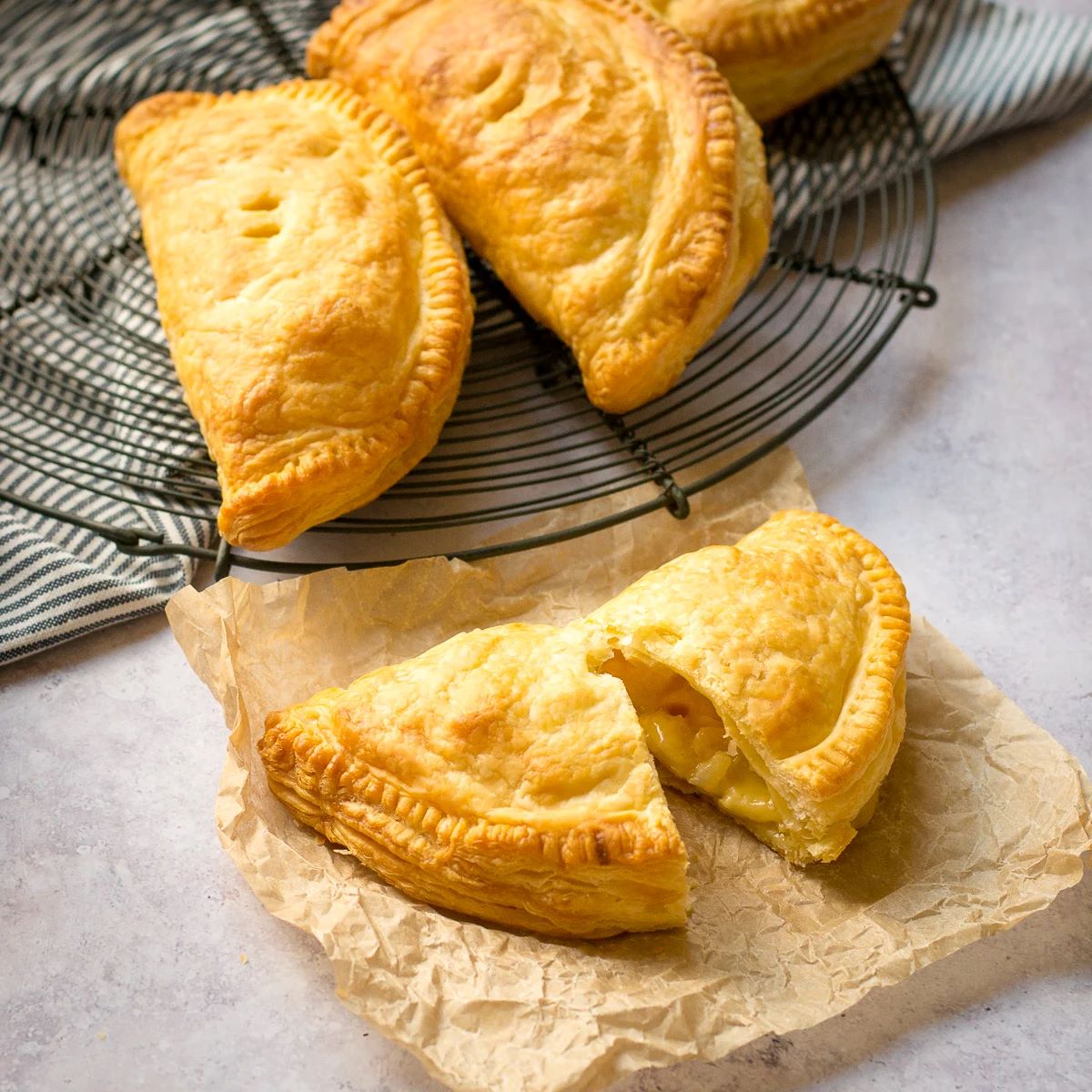

Articles
How To Store Pasties
Modified: May 6, 2024
Learn how to properly store articles about pasties to ensure they stay fresh and delicious for longer. Discover expert tips and techniques for preserving the flavor and texture of your pasties.
(Many of the links in this article redirect to a specific reviewed product. Your purchase of these products through affiliate links helps to generate commission for Storables.com, at no extra cost. Learn more)
Introduction
Welcome to the delicious world of pasties! Whether you are a fan of traditional Cornish pasties or enjoy exploring different regional variations, one thing is certain – pasties are a delectable treat that can bring joy to your taste buds. However, to fully savor the flavor and texture of pasties, it is crucial to store them properly.
Properly storing pasties not only ensures that they stay fresh, but it also helps to maintain their taste and quality. Whether you have leftover pasties from an amazing meal or you want to make a big batch to enjoy over time, understanding the best storage methods will ensure that every bite is as enjoyable as the first.
In this article, we will guide you through the process of storing pasties to help you keep them fresh and delicious for as long as possible. From choosing the right container to determining the ideal storage location, we will cover everything you need to know to extend the shelf life of your pasties.
So, if you are ready to delve into the world of pasty preservation, let’s get started!
Key Takeaways:
- Properly storing pasties is essential for maintaining their flavor, texture, and quality. From choosing the right container to thawing and reheating techniques, these tips ensure every bite is as delicious as the first.
- By following proper storage techniques, you can extend the shelf life of pasties and enjoy their delectable taste for an extended period. Whether at room temperature, in the refrigerator, or in the freezer, savor the flavors of pasties with confidence.
Read more: How To Store Store-Bought Bread
Why Proper Storage of Pasties is Important
Properly storing pasties is of utmost importance to maintain their flavor, texture, and overall quality. Here are a few key reasons why you should pay attention to how you store your pasties:
- Freshness: Pasties are best enjoyed when they are fresh and retain their original flavors. By storing them properly, you can help preserve their freshness, preventing them from becoming dry or stale.
- Food Safety: Ensuring that pasties are stored correctly helps minimize the risk of food poisoning or bacterial growth. Proper storage practices maintain optimal temperatures and reduce the chances of foodborne illnesses.
- Extended Shelf Life: By following correct storage techniques, you can extend the shelf life of your pasties. This is particularly handy when you have leftovers or want to make a larger batch to enjoy over a period of time.
- Saving Money: If you can successfully store pasties without spoilage, it means less food waste and ultimately saves you money. You can now make larger batches or take advantage of promotions without worrying about them going bad.
- Convenience: Properly stored pasties are easily accessible and readily available whenever you crave a quick and satisfying meal or snack. Having properly stored pasties saves you time and effort, as you can simply reheat and enjoy.
By recognizing the importance of proper pasty storage, you can ensure that every bite is as delicious as the first. Not only will you be able to enjoy the convenience of having a quick meal at your fingertips, but you will also experience the full flavors and textures that pasties have to offer.
Choosing the Right Container for Pasties
When it comes to storing pasties, selecting the right container is crucial to maintain their freshness and prevent them from drying out. Here are a few factors to consider when choosing the container for your pasties:
- Airtightness: Opt for containers that provide a tight seal to keep air out. This helps prevent moisture loss and keeps the pasties moist and flavorful.
- Size: Choose a container that comfortably fits the size of your pasties without overcrowding or excessive empty space. This ensures that the pasties remain intact and aren’t squished during storage.
- Material: Consider using containers made from food-grade materials such as glass, plastic, or metal. Ensure that they are BPA-free and safe for storing food.
- Compatibility: If you plan to store pasties in the freezer, make sure the container is freezer-safe to avoid any damage or cracking due to low temperatures.
- Portability: If you intend to take pasties on the go, look for containers that are easy to transport and leak-proof to prevent any spills or messes.
Some suitable container options for storing pasties include plastic or glass containers with tight-fitting lids, resealable bags, or even aluminum foil. Ensure that the chosen container can be easily opened and closed to allow for easy access and minimal air exposure.
Remember, the goal is to create an airtight environment that retains moisture and freshness while protecting the pasties from outside elements. By selecting the appropriate container, you can ensure that your pasties stay delicious and appetizing for an extended period of time.
Preparing Pasties for Storage
Before storing your pasties, it is essential to prepare them properly to maintain their quality during storage. Follow these steps to ensure your pasties are ready for storage:
- Cooling: Allow your freshly baked or cooked pasties to cool completely before transferring them to a storage container. This helps prevent condensation from forming and keeps the pasties from becoming soggy.
- Wrap individually: If you’re storing pasties individually, wrap each one tightly in plastic wrap or aluminum foil. This helps maintain their shape and prevents any cross-contamination of flavors or odors.
- Label and date: If you have multiple batches of pasties or plan to store them for an extended period, don’t forget to label each container or wrapping with the date. This will help you keep track of their freshness and ensure you consume them within a reasonable timeframe.
- Remove excess air: When packaging pasties in a container or resealable bag, try to remove as much air as possible to minimize moisture loss and maintain freshness.
- Stacking: If you need to stack the pasties in the container, place a layer of parchment or wax paper between each layer to prevent them from sticking together.
By following these preparation steps, you can ensure that your pasties are ready for storage and will remain fresh and delicious until you’re ready to enjoy them. Taking the time to properly prepare pasties for storage will make a significant difference in their quality when you decide to indulge.
Storing Pasties at Room Temperature
Storing pasties at room temperature is suitable if you plan to consume them within a day or two. Here are some guidelines to follow when storing pasties at room temperature:
- Cool environment: Ensure that the storage area is cool, dry, and away from direct sunlight. Excessive heat or sunlight can cause pasties to spoil more quickly.
- Airtight container: Place your pasties in an airtight container to protect them from moisture and contaminants. This helps maintain their freshness and prevents them from drying out.
- Single layer: Avoid stacking pasties on top of each other when storing at room temperature. Instead, place them in a single layer to prevent deformation or sticking together.
- Short storage time: It’s best to consume pasties stored at room temperature within 1-2 days to ensure optimal freshness and taste.
- Regular checks: Periodically check the pasties for any signs of spoilage, such as mold or a foul odor. If you notice any changes, discard them immediately.
It’s important to note that storing pasties at room temperature may not be suitable in hot and humid climates. In such conditions, it is advisable to store pasties in the refrigerator or freezer to maintain their quality for a more extended period.
Remember, proper storage practices are key to enjoying pasties at their best, so be sure to consider factors like temperature, container choice, and storage duration to make the most of your pasty indulgence.
Store pasties in an airtight container or zip-top bag in the refrigerator to keep them fresh. They can also be frozen for longer storage.
Read more: How To Store Basil From Grocery Store
Storing Pasties in the Refrigerator
If you want to store pasties for a slightly longer period, storing them in the refrigerator is a great option. Follow these steps to store pasties in the refrigerator:
- Cooling: Allow your pasties to cool completely before transferring them to the refrigerator. This prevents condensation from forming inside the container and keeps the pasties from becoming soggy.
- Wrap or container: Place your pasties in an airtight container or wrap them tightly in plastic wrap or aluminum foil. This helps maintain their moisture and prevents them from drying out.
- Temperature settings: Set your refrigerator to a temperature between 35 to 40°F (1 to 4°C) to ensure the pasties remain fresh and safe to consume.
- Separate storage: If you have other foods with strong odors in your refrigerator, it’s advisable to store your pasties separately to prevent any flavor transfer.
- Storage duration: Pasties stored in the refrigerator can typically last for up to 5 days. It’s important to consume them within this time frame to maintain their optimal taste and texture.
- Reheating: When you’re ready to enjoy your refrigerated pasties, gently reheat them in the oven at a low temperature to restore their warmth and crispness.
Storing pasties in the refrigerator helps to extend their shelf life while still preserving their flavor and quality. However, bear in mind that refrigeration may cause a slight change in texture, particularly for pastry crusts. To enjoy the best taste and texture, it’s always recommended to consume freshly baked pasties whenever possible.
By following these guidelines, you can confidently store your pasties in the refrigerator, knowing that they will remain safe, fresh, and delicious for a few days.
Storing Pasties in the Freezer
If you want to extend the shelf life of your pasties even further, storing them in the freezer is the way to go. Freezing pasties allows you to enjoy them for several weeks or even months. Follow these steps to properly store pasties in the freezer:
- Cooling: Allow your pasties to cool completely before freezing them. This helps retain their freshness and prevents condensation from forming inside the packaging.
- Wrap individually: Wrap each pasty tightly in plastic wrap or aluminum foil, ensuring that they are fully covered. This prevents freezer burn and helps maintain the texture and flavor.
- Double layer: For added protection, place the individually wrapped pasties in a resealable freezer bag. Squeeze out any excess air before sealing the bag to minimize freezer burn.
- Label and date: Remember to label each package with the date of freezing. This way, you can keep track of their freshness and consume them within a reasonable time frame.
- Ideal storage time: Pasties can be stored in the freezer for up to 3 months. While they may still be safe to eat beyond this timeframe, the quality and taste may begin to deteriorate.
- Thawing: When you’re ready to enjoy your frozen pasties, transfer them to the refrigerator to thaw overnight. This slow thawing process helps maintain the texture and prevents the pasties from becoming soggy.
- Reheating: Once thawed, preheat your oven and reheat the pasties at a low temperature until they are warmed through. This will restore their crispy exterior and ensure a delicious eating experience.
By following these steps, you can store pasties in the freezer and have a convenient stash of delicious treats ready to enjoy whenever you desire. Freezing pasties is a convenient way to preserve their quality without sacrificing taste and texture.
Just remember, proper wrapping, labeling, and thawing techniques are essential to maintain the pasties’ freshness, so you can enjoy that perfect bite whenever the craving strikes.
Thawing and Reheating Frozen Pasties
Thawing and reheating frozen pasties is a crucial step in enjoying them at their best. Here’s a simple guide to thawing and reheating frozen pasties:
- Thawing: Transfer the frozen pasties from the freezer to the refrigerator. Allow them to thaw overnight or for about 6-8 hours. This slow thawing process helps maintain the texture and prevents the pasties from becoming soggy.
- Reheating in the oven: Preheat your oven to a temperature of 350°F (175°C). Place the thawed pasties on a baking sheet lined with parchment paper. Bake them in the oven for 10-15 minutes, or until heated through and the crust becomes crispy again.
- Reheating in the microwave: If you’re short on time, you can use a microwave to reheat pasties. Place the thawed pasty on a microwave-safe plate and cover it loosely with a damp paper towel. Heat it in the microwave in short bursts of 30 seconds, checking for doneness after each interval. Be careful not to overheat, as microwaves can make the pastry soggy.
- Reheating other filling options: If your pasty has other fillings like gravy or vegetables, you can reheat them separately before assembling the pasty. For example, warm the gravy on the stove or heat the vegetables in a skillet. Once reheated, add them to the reheated pastry for a fresh and tasty pasty experience.
Remember, the reheating time may vary based on the size and type of pasty, as well as your specific oven or microwave. Monitor the pasties closely while reheating to prevent them from becoming overly crispy or drying out.
By following these simple steps, you can enjoy the warm, delicious goodness of your pasties even after they have been frozen. Thawing and reheating correctly will help preserve the flavor, texture, and overall enjoyment of your pasties.
Tips for Maximizing Pasties’ Shelf Life
To ensure that your pasties stay fresh and delicious for as long as possible, here are some helpful tips to maximize their shelf life:
- Proper wrapping: Whether storing pasties in the refrigerator or freezer, wrap them tightly in plastic wrap or aluminum foil to prevent exposure to air, which can cause them to dry out or develop freezer burn.
- Airtight containers: Utilize airtight containers for storage to maintain pasties’ moisture and protect them from contaminants. This prevents the pasties from absorbing odors from other foods in the fridge or freezer.
- Label and date: Clearly label each container or wrapping with the date when the pasties were made or frozen. This helps you keep track of their freshness and ensures you consume them within a reasonable time frame.
- Store at the proper temperature: For optimal freshness, store pasties in the appropriate temperature environment. Room temperature is ideal for short-term storage, while refrigeration or freezing maximizes their shelf life.
- Handle with clean hands: Always handle pasties with clean hands or utensils to prevent introducing any bacteria or contaminants that could lead to spoilage.
- Regularly check for spoilage: Periodically inspect your stored pasties for any signs of spoilage, such as mold, off smells, or a change in appearance. Discard any pasties that show indications of deterioration.
- Plan consumption: When making or purchasing a large batch of pasties, plan your consumption to ensure they are enjoyed within their optimal freshness period. If needed, freeze a portion for later enjoyment.
- Reheat gently: When reheating pasties, do so gently to prevent overcooking or drying them out. Use low temperatures and avoid prolonged heating to maintain their moistness and flavor.
By following these tips, you can significantly extend the shelf life of your pasties and continue to enjoy their deliciousness over a longer period.
Remember, while pasties can be stored for a certain length of time, it’s always best to consume them at their freshest. Enjoying freshly baked or reheated pasties will provide the ultimate taste experience that truly showcases their flavors and textures.
Read more: How To Store Jordans
Conclusion
Pasties are a mouthwatering delight that deserve to be enjoyed at their freshest and most flavorful state. Properly storing pasties helps to preserve their taste, texture, and overall quality, ensuring that every bite is as delicious as the first.
In this article, we have covered the importance of proper pasty storage, from choosing the right container to preparing them for storage. We discussed different storage methods, including room temperature, refrigeration, and freezing, along with tips for thawing and reheating frozen pasties. Additionally, we shared useful tips for maximizing pasties’ shelf life, such as proper wrapping, using airtight containers, and handling with clean hands.
By implementing these storage techniques and adopting good practices, you can enjoy your pasties for an extended period without compromising their taste or quality. Whether you have leftovers to store or want to make a large batch for future enjoyment, these tips will help you savor the flavors of pasties for longer.
Remember to always use your best judgment when determining if stored pasties are still safe to consume. Regularly check for signs of spoilage and discard any pasties that show indications of deterioration.
So the next time you have pasties on hand, take the time to properly store them using the methods outlined in this article. Whether you choose to enjoy your pasties at room temperature, refrigerated, or frozen, you’ll be able to indulge in their delectable taste whenever the craving strikes.
Now, armed with knowledge on how to properly store pasties, go ahead and indulge in these savory treats without any worry, knowing that your pasties will stay fresh and delicious for longer periods. Happy pasty storage and bon appétit!
Now that you've learned how to keep pasties fresh, why stop there? For those who want to extend their mastery over preserving all kinds of food, our next guide on food storage is a must-read. Packed with innovative ideas and practical advice, this upcoming article will show you the best ways to keep your groceries in tip-top shape throughout the year. Extend the life of your edibles and enjoy tasty, fresh meals anytime!
Frequently Asked Questions about How To Store Pasties
Was this page helpful?
At Storables.com, we guarantee accurate and reliable information. Our content, validated by Expert Board Contributors, is crafted following stringent Editorial Policies. We're committed to providing you with well-researched, expert-backed insights for all your informational needs.

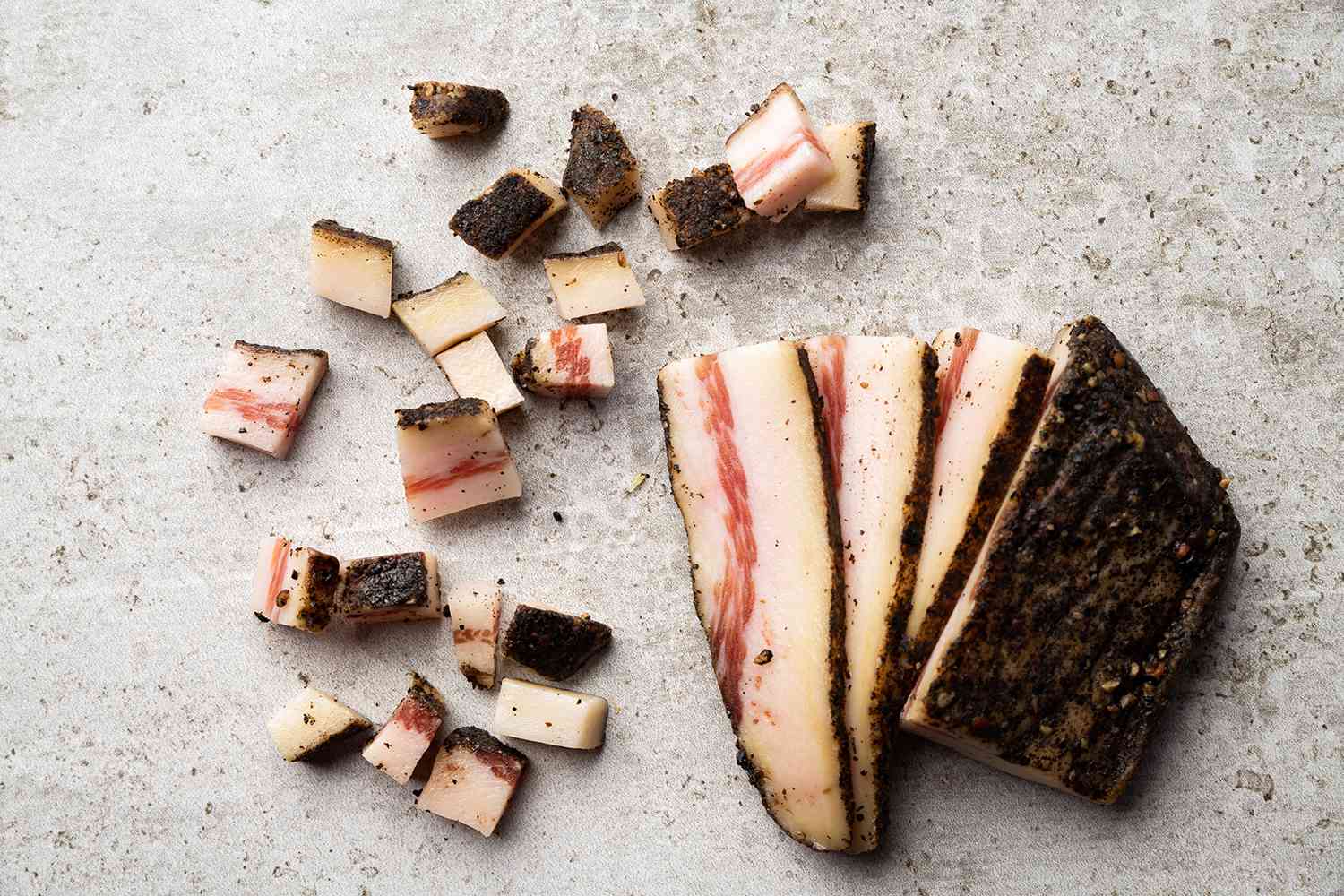
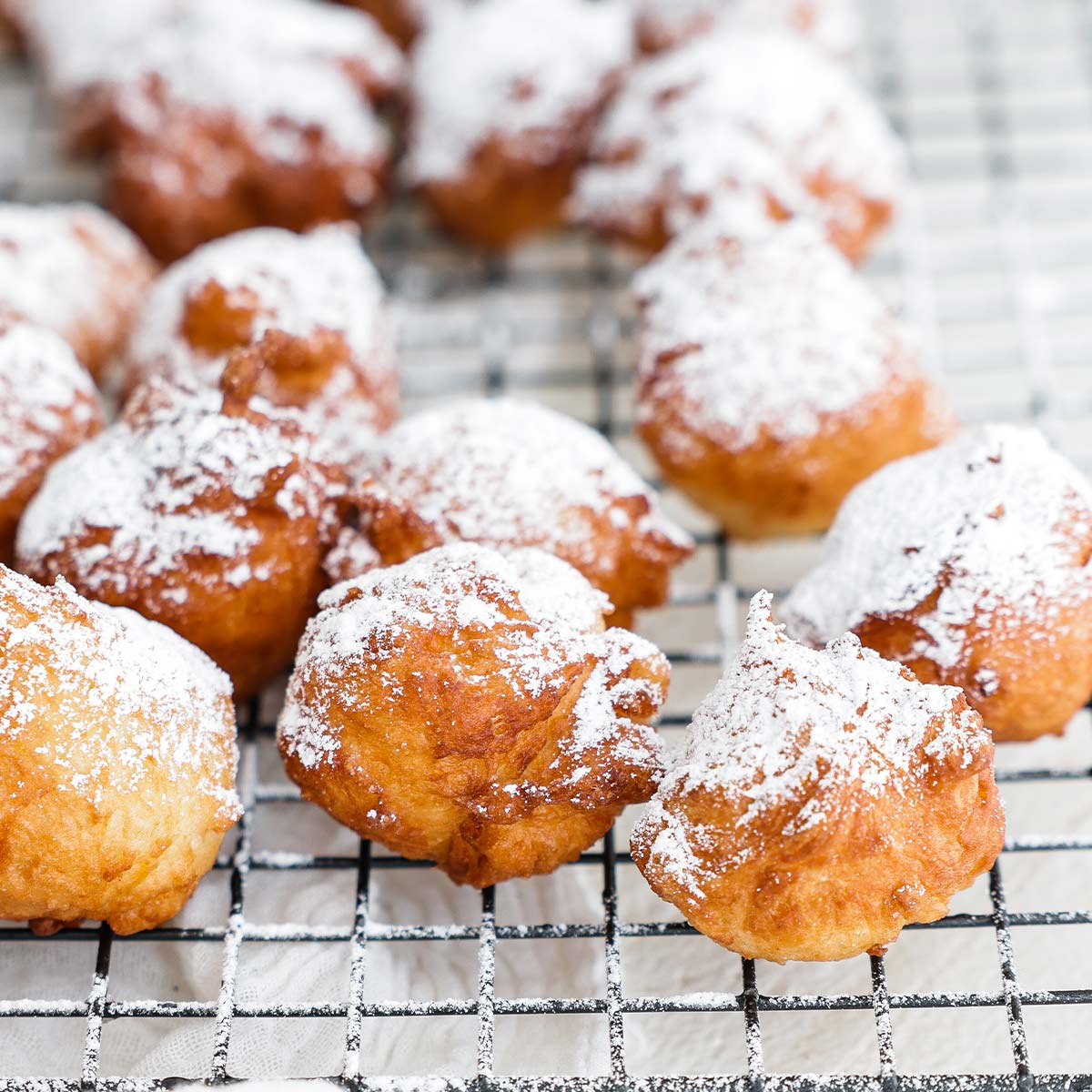
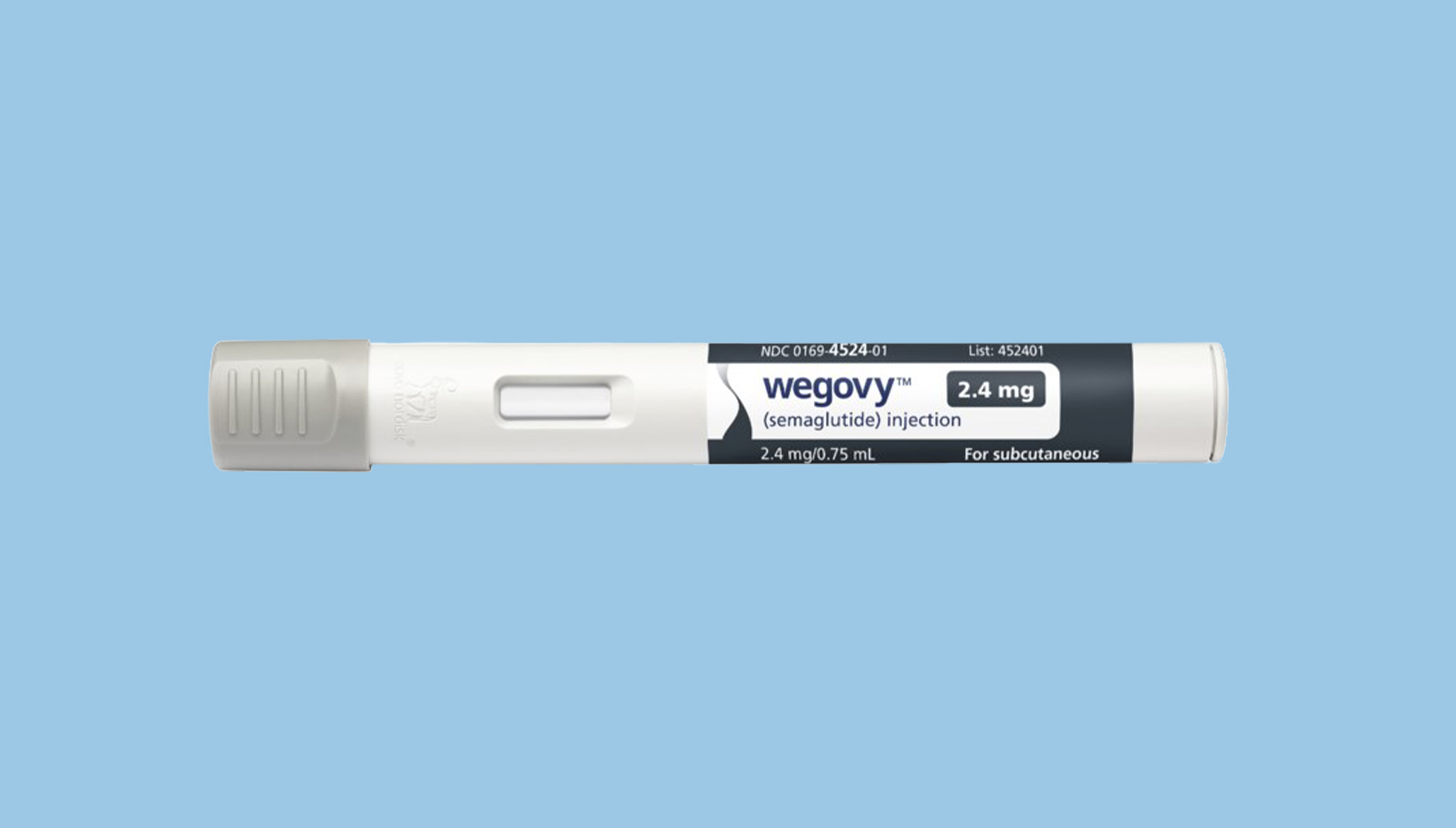

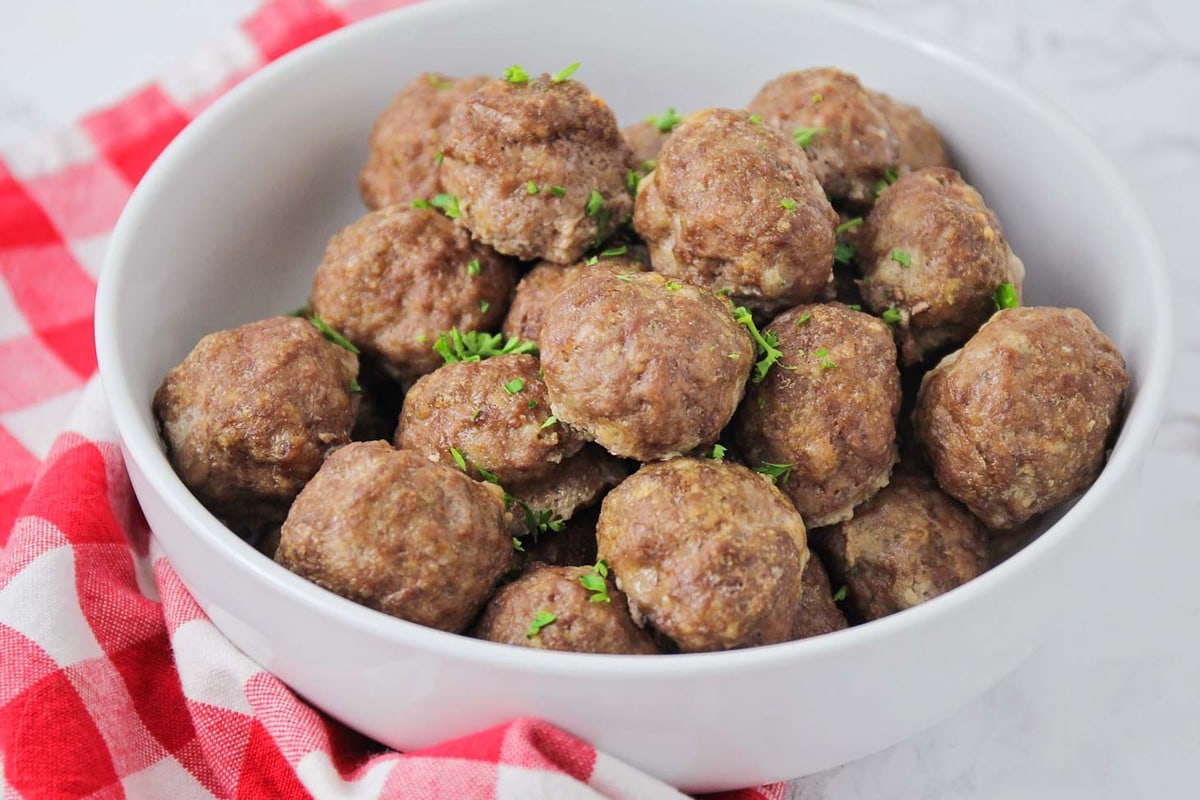





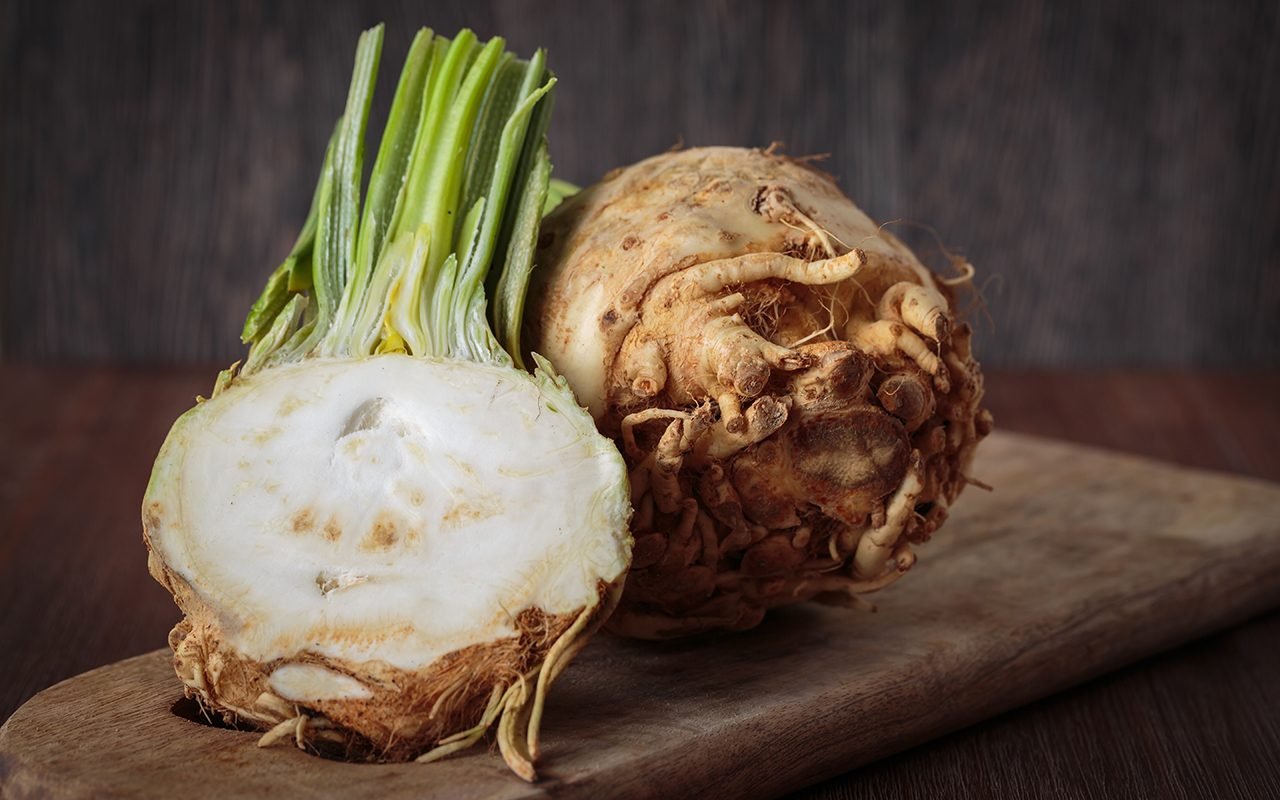
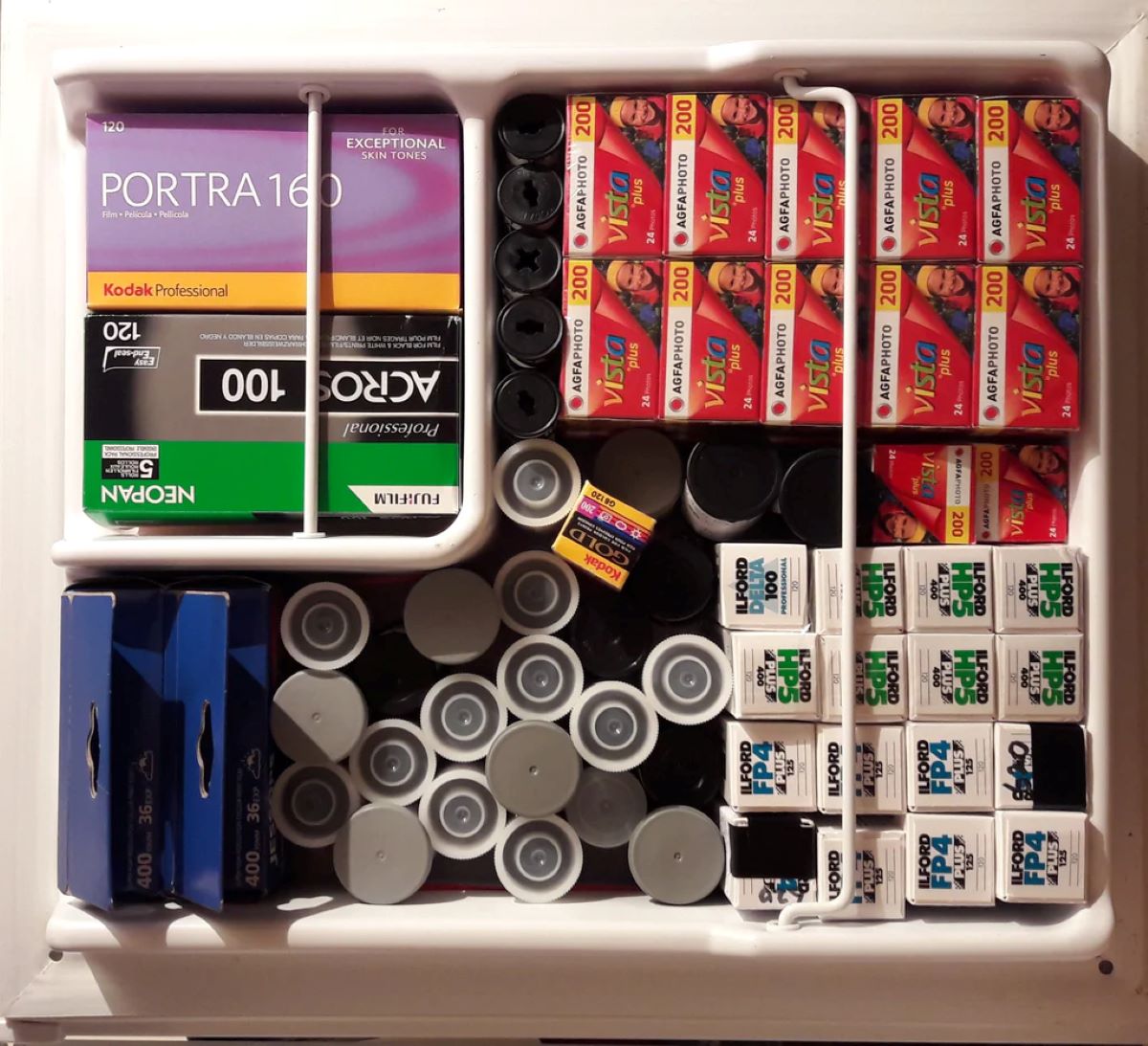

0 thoughts on “How To Store Pasties”